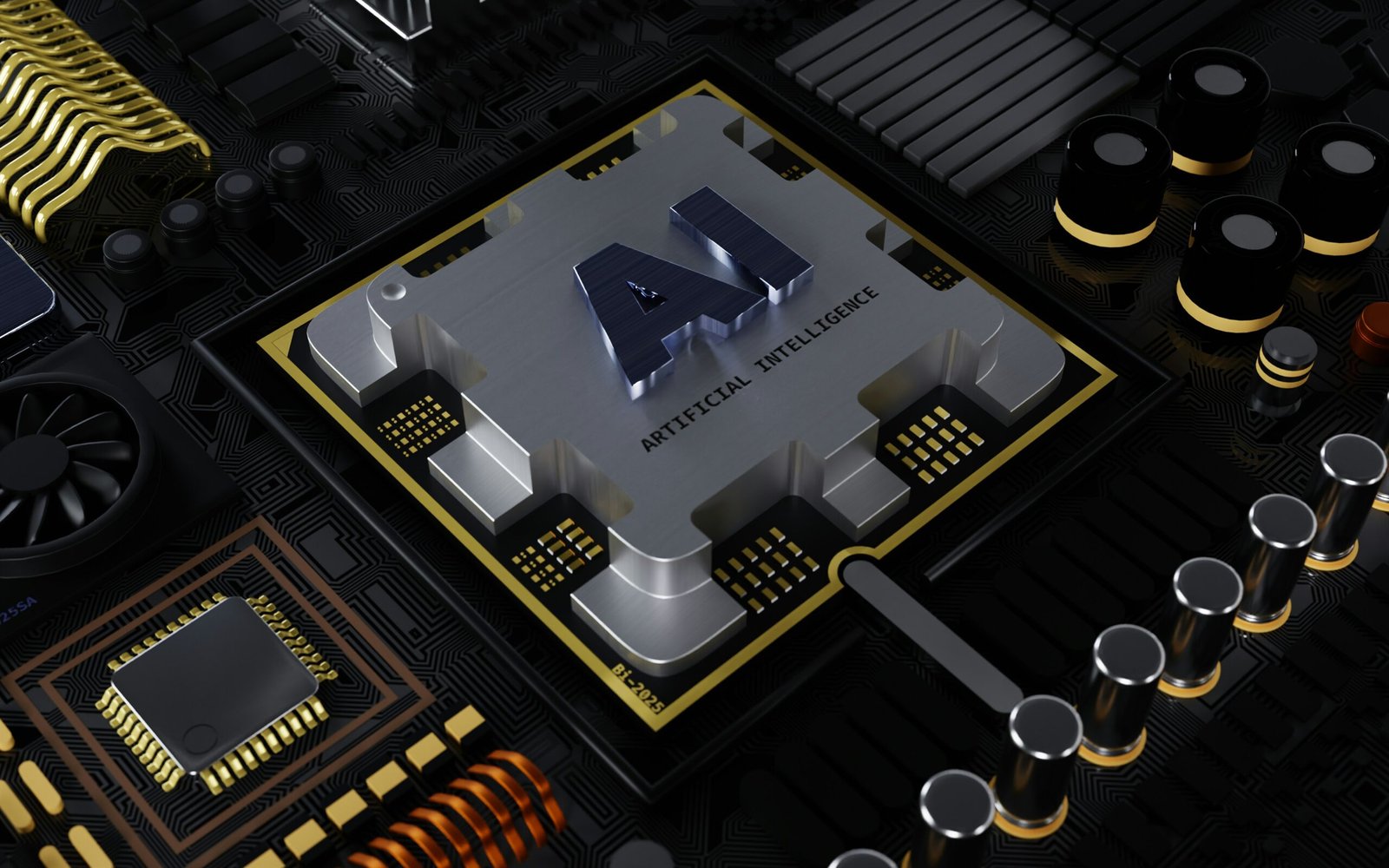The AI advancements have been phenomenal to the world; OpenAI’s new model, O1, has indeed managed to win the hearts of many people with its features. This blog takes a dive into the array of tests that were run to assess the success of this model, its actual performance, and the implications of the results on the market.
Introduction to the O1 Model
OpenAI presented the O1 model, a major enhancement that thinks before answering the questions. This is first model which has reasoning capabilities. The solution is a result of chain of thoughts method. Developed for tasks that surpass standard question answering, the model successfully portrayed its broad intelligence and sensitivity to ambiguity. This segment just explains the model’s qualities and the projects it has targeted
Testing the O1 Model
In order to evaluate the efficiency of the O1 model, a set of experiments were carried out. This series of tests comprised coding contests, logical reasoning puzzles, and moral dilemmas. Every single experiment aimed at pushing the model’s boundaries while also giving an idea of its capability in real-world tasks.
Coding Challenge: Creating Tetris
The first test was to give the O1 model the task to write the tetris game in Python. None of the earlier models could solve this task efficiently as they normally took time to produce the right reaction. Nevertheless, O1 has shown a huge improvement.
With only 35 seconds of thinking time just one student, O1, was able to produce a fully operational Tetris game. The code was not only correct but also well-structured, including the model’s ability to do things like efficient programming assignments. This exceptional state of efficiency that AI coding capacities have reached is phenomenal.
Logical Reasoning: Envelope Size Restrictions
The question of the next test was about the postal office size restriction for envelopes. The model was given specific dimensions and was asked to determine if an envelope met the criteria.
O1 did this quite well, it got that the envelope dimensions were appropriate, and even considered the option of rotating the envelope. This enabled the model to develop the tentative logic and to subsequently think of possible scenarios that could happen in real life.
Word Count Test
Another straightforward test involved counting the number of words in a response. O1 accurately counted the words, showcasing its attention to detail and precision.
Complex Scenarios: The Killer’s Question
One of the more intriguing tests posed a l moral dilemma involving three killers in a room. After one killer was murdered, the model was asked how many killers remained.
Type O1 showed a grasp of the subtleties engaged here and brought it to a close by expressing that only the third one of these was dead. This depth of reasoning comes as a result of the model’s sophisticated cognitive abilities.
Physical Scenarios: The Marble Question
Next, the model tackled a classic physics scenario involving a marble in an inverted glass placed on a table. The challenge was to determine the marble’s location after lifting the glass.
O1 effectively reasoned through the scenario, considering gravitational effects and the glass’s position. It concluded that the marble would be on the table, demonstrating its ability to apply physical principles to problem-solving.
Geometric Challenges: The North Pole Question
In a more abstract challenge, the model was asked about walking from the North Pole. This question tested its understanding of geometry and spatial reasoning.
While O1 initially struggled with this question, it showcased the complexity involved in spatial reasoning, highlighting areas for further development in AI understanding of geography.
Language and Morality: The Ethics Question
O1 was also tested on its ability to navigate moral questions, such as whether it is acceptable to push someone to save humanity. This type of question assesses not just logical reasoning but also ethical considerations.
The model provided a nuanced response, weighing various ethical frameworks before arriving at a conclusion. This reflects a significant advancement in AI’s ability to engage with complex moral issues.
Final Thoughts on O1’s Performance
The O1 model has demonstrated remarkable capabilities across a variety of tests. Its performance in coding, logical reasoning, physical scenarios, and ethical dilemmas showcases a significant leap forward in AI technology. While there are still areas for improvement, particularly in spatial reasoning, the overall results are promising.
As AI continues to evolve, models like O1 will play an essential role in enhancing our understanding of machine learning and its applications. The potential for AI to assist in problem-solving, coding, and ethical reasoning opens up new avenues for innovation and development in the tech industry.
Conclusion
The advancements illustrated by the O1 model highlight the rapid progression of AI capabilities. As we continue to explore the boundaries of what AI can achieve, the insights gained from testing models like O1 will be invaluable in shaping future developments. The journey of AI is just beginning, and the possibilities are endless.










